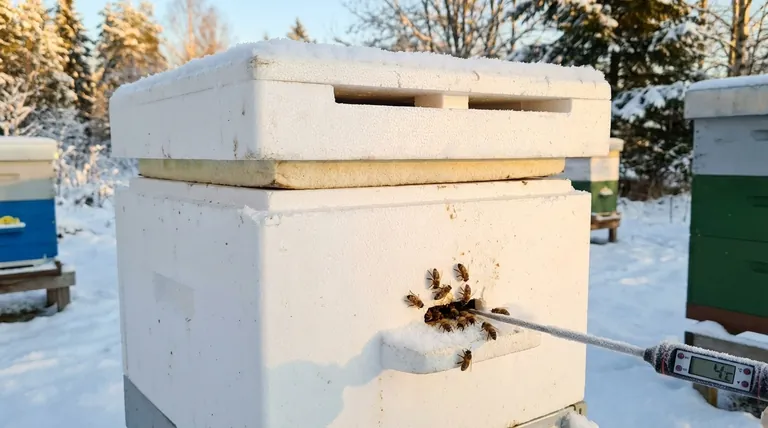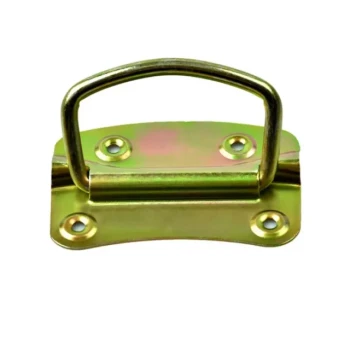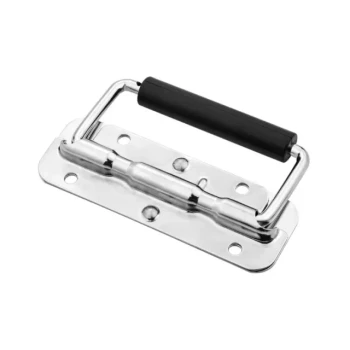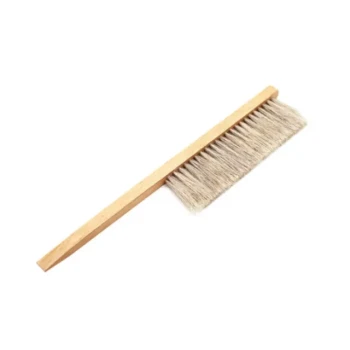In short, plastic beehives offer excellent thermal insulation. Because plastic is a poor conductor of heat, these hives help maintain a more stable internal temperature compared to traditional materials. This quality is particularly beneficial for the colony during the cold months of early spring and late autumn, helping to conserve the bees' energy reserves.
The core takeaway is that while the superior insulation of plastic hives is a significant advantage for cold-weather survival, it creates a corresponding need for active management of heat and moisture during warmer months.

The Science of Hive Insulation
To understand the practical effects on your bees, it's important to grasp the principles behind how plastic hives manage temperature.
Why Plastic is an Effective Insulator
The primary materials used in plastic hives, such as high-density polystyrene (EPS), expanded polystyrene, or polypropylene, are filled with tiny pockets of trapped air. This structure makes them very poor conductors of heat.
This property works in two ways: it slows the loss of heat from the colony's cluster during winter and slows the transfer of external heat into the hive during a hot summer day.
Double-Walled and Foam-Core Designs
Many plastic hives are not just a single layer of plastic. They often feature a double-walled construction with an air gap or a foam-filled core.
This design dramatically increases the hive's insulating capacity, creating a thermal buffer much like a double-pane window or a vacuum flask.
The R-Value: A Clear Comparison
The most objective measure of insulation is its R-value. A higher R-value means better thermal resistance.
A standard wooden hive made from 3/4-inch pine has an R-value of approximately R-1. In contrast, a typical high-density polystyrene (EPS) hive has an R-value between R-6 and R-8. This is a significant, measurable difference in insulating performance.
The Practical Impact on Your Colony
This superior R-value has direct consequences—both positive and negative—for the health and productivity of your bees.
Benefits During Colder Months
Better insulation means the colony uses far less energy and honey to maintain its crucial cluster temperature (around 95°F / 35°C).
This leads to lower winter losses, healthier bees emerging in the spring, and a faster population build-up when nectar flows begin.
Challenges During Warmer Months
The same insulation that keeps a hive warm in winter can also trap heat in summer. The colony's metabolic activity and direct solar radiation can cause the internal temperature to rise to dangerous levels.
Effective management, including providing adequate ventilation and a screened bottom board, becomes critical to prevent the colony from overheating.
Moisture and Condensation
In any hive, the bees' respiration releases warm, moist air. In a poorly insulated wooden hive, this air hitting cold walls causes condensation, which can drip onto the bees and cause problems.
Because the inner walls of a plastic hive stay warmer, condensation is less likely to form on the sides. However, this moisture must still escape. Without proper top ventilation, it can collect on the ceiling and cause issues, making ventilation a key management task.
Understanding the Trade-offs
No hive material is perfect. The choice between plastic and wood involves balancing their inherent thermal properties.
Plastic: High Insulation, No Breathability
Plastic offers superior insulation but is a non-porous material. It acts as a vapor barrier, meaning all moisture must be removed from the hive through ventilation openings.
Wood: Low Insulation, High Breathability
Wood is a much poorer insulator but is "breathable," allowing some small amount of moisture to pass through the walls and joints of the hive. Many beekeepers feel this creates a more natural internal environment.
The Overheating Risk
The most significant risk with a plastic hive is overheating in hot climates. If you are not prepared to provide shade and maximize airflow, the high insulation can become a liability.
Making the Right Choice for Your Goal
Your local climate and beekeeping goals should dictate your choice of equipment.
- If your primary focus is overwintering success in a cold climate: The superior insulation of a plastic hive can dramatically reduce winter losses and promote a stronger spring colony.
- If your primary focus is beekeeping in a very hot climate: A plastic hive is still a strong option, but only if you commit to diligent heat management through ventilation, screened bottoms, and hive placement.
- If your primary focus is ease of use and low maintenance: The lightweight and durable nature of plastic hives, which do not require painting, makes them an excellent choice.
Ultimately, understanding these thermal dynamics empowers you to choose the material and management style that best serves the health of your bees.
Summary Table:
| Property | Traditional Wood Hive | Plastic Beehive |
|---|---|---|
| R-Value (Insulation) | ~R-1 | R-6 to R-8 |
| Winter Performance | Lower insulation; bees use more energy to stay warm. | Superior insulation; conserves bee energy, reduces winter losses. |
| Summer Performance | Natural breathability helps dissipate heat. | Can trap heat; requires active ventilation management. |
| Moisture Handling | Breathable; allows some moisture to pass through walls. | Non-porous; moisture must be managed via top ventilation. |
| Best For | Beekeepers in moderate climates preferring a natural material. | Cold climates, or beekeepers committed to active temperature management. |
Ready to equip your apiary with durable, temperature-stable hives?
At HONESTBEE, we supply high-quality plastic beehives and essential beekeeping equipment designed for the demands of commercial apiaries and distributors. Our products help you promote stronger colonies and improve overwintering success.
Contact our wholesale experts today to discuss your needs and discover how our supplies can support the health of your bees and the productivity of your operation.
Visual Guide

Related Products
- Inner Beehive Cover for Beekeeping Bee Hive Inner Cover
- Professional Galvanized Hive Strap with Secure Locking Buckle for Beekeeping
- Professional Drop-Style Hive Handles for Beekeeping
- Professional Grade Foldable Beehive Handles
- Premium Comfort Grip Spring-Loaded Hive Handles
People Also Ask
- What is the purpose of the inner cover in a beehive? A Key to Hive Health & Easy Management
- What is the function of the center hole in the inner cover? Master Hive Ventilation and Feeding
- What are the advantages of using an inner cover in a beehive? Key Benefits for Hive Health & Beekeeper Efficiency
- What is the recommended orientation for the rim of an inner cover? Master Hive Ventilation and Insulation
- What is an inner cover in a beehive and what are its features? A Key Tool for Hive Health & Management



















